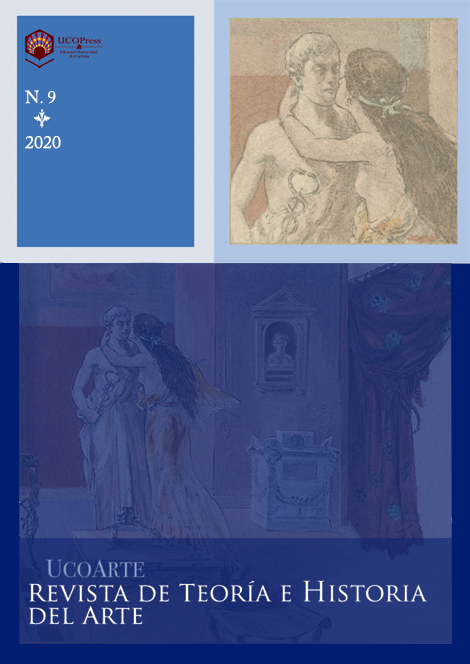The Fortunato Depero's advertising pavillions
Main Article Content
Abstract
The Fortunato Depero advertising pavilions were a synthesis of two research lines on Italian futurism. The first, referring to architecture, was based on the heritage of the “Manifesto dell'Architettura Futurista” (1914) by Antonio Sant´Elia, as well as his and Mario Chiattone's projects. Depero rethought his problem based on the concept of transience as an argument for creating ephemeral architectures. The second, determined by publicity, visualized it as an element on which the mass media would articulate the construction of the world. The publicity pavilions were one of his most recognizable creations, and set a pattern that would be repeated in the movement, in similar artists, and in later models.
Downloads
Article Details
How to Cite
Mancebo Roca, J. A. (2020). The Fortunato Depero’s advertising pavillions. UCOARTE. Revista De Teoría E Historia Del Arte, 9, 71–91. https://doi.org/10.21071/ucoarte.v9i.13161
Issue
Section
articles





